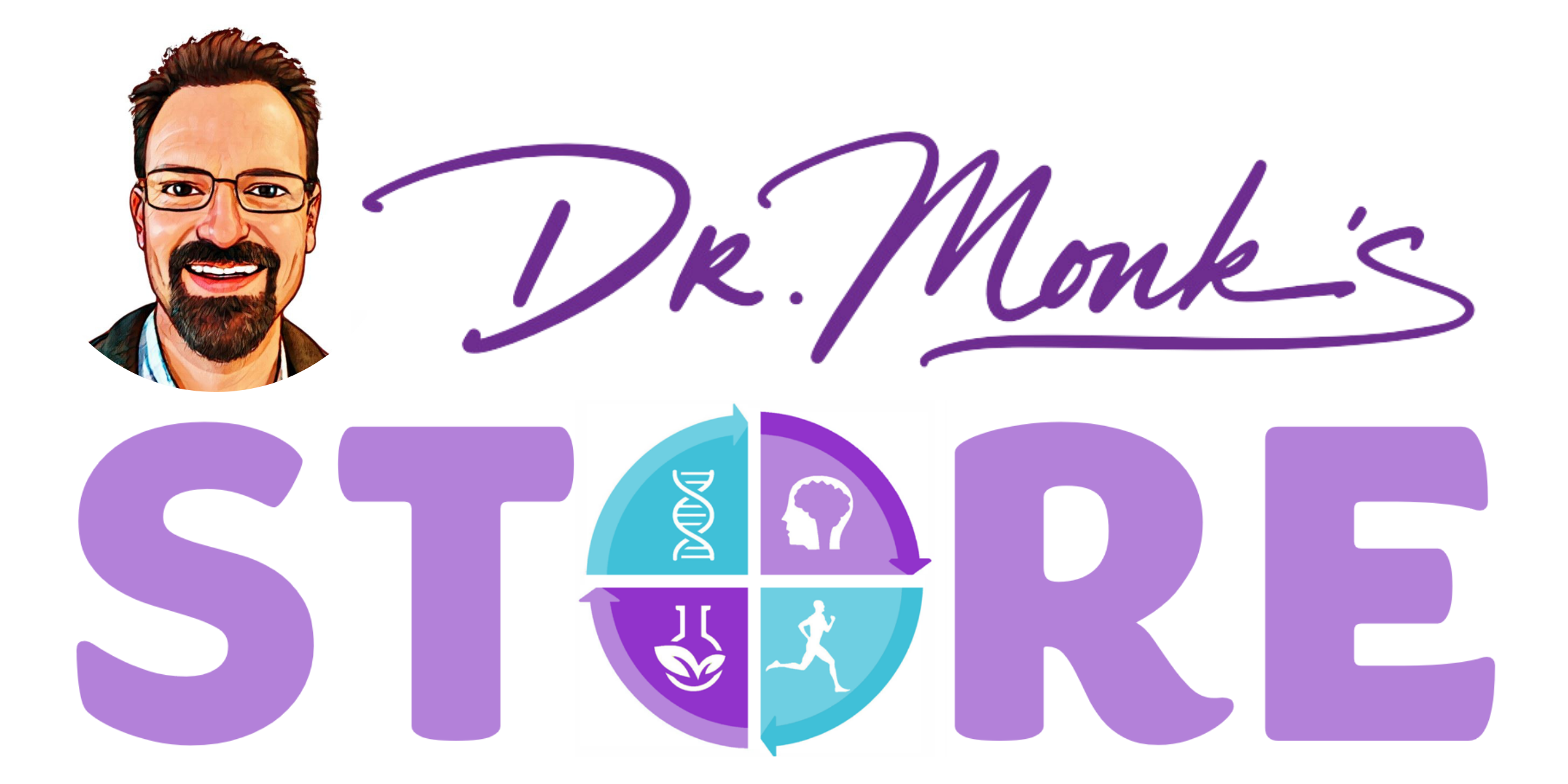Whatever you can't get out of the mind...fears, dreams, anxieties, desires -
There is no greater health stopper than emotional imbalances. The powerful health disrupting effects of anxiety, fear, worry, busyness, and hopelessness are well documented. No event, past, present, or imagined in the future, occurs without an emotional component. You are what you believe and what you believe is often directly related to what you have experienced or desire to experience.
An otherwise strong and healthy individual who is faced with ongoing emotional distress, begins to manifest many of the signs of adrenaline dominance such as erratic moods, unstable blood sugar, adrenaline surges, disrupted sleep, drops in energy, shifts in appetite, aches, pains, and more. In other words, they begin to express physical problems from an emotional cause. For many, physical illness first began as an emotional imbalance.
Stress from Without
Nearly one million children are victims of child abuse annually.129F[i] Abused and neglected children are at least 25 percent more likely than those not abused or neglected to experience problems such as delinquency, teen pregnancy, low academic achievement, drug use, and mental health problems.130F[ii]
Abused and neglected children are 11 times more likely to be arrested for criminal behavior as juveniles, 2.7 times more likely to be arrested for violent and criminal behavior as adults, and 3.1 times more likely to be arrested for violent crimes.131F[iii] Two-thirds of people in drug treatment programs reported being abused as children.132F[iv]
Stress from Within
On the other end of the spectrum, a 2017 study on perfectionism that appeared in the journal Psychological Bulletin found that beginning in the 1980s, a culture of “competitive individualism” in the United States, Canada, and the United Kingdom steadily increased the quest for personal perfection.133F[v]
The study went on to show that current generations not only feel intense societal pressure to be perfect but also expect perfection from themselves and others. Academic performance is included in this trend, making it also a strong trigger for anxiety.
Young adults throughout history have always had great pressures upon them: pressures to achieve, to grow up, to be accepted, to be significant. Now, all of these are compounded by technology. Undoubtedly, these cumulative pressures, along with an open-book life on social media, are a principal reason for the shockingly high suicide rates.
Stress Overload
The total suicide rate from 2000 to 2018 increased 30%. Suicide was the cause of 45,979 deaths in 2020. Males are four times more likely to successfully commit suicide. In the 10 to 24 age group, 81% of suicide deaths were males, 19% were females.
In 2020, an estimated 12.2 million American adults seriously thought about suicide, 3.2 million planned a suicide attempt, and 1.2 million attempted suicide.
Self-harm is another direct result of emotional distress. Around 157,000 youth between the ages of 10 and 24 are treated in Emergency Departments across the U.S. for self-inflicted injuries annually.135F[vi]
A summary of the approaches used to prevent the negative emotions associated with social and internal pressures from spiraling toward self-destructive behavior are presented in STEPS 6 & 7 of The CORE Reset Plan in any of Dr. Monk's books.
[i]U.S. Department of Health and Human Services. (2003). National Survey of Child and Adolescent Well-Being: One Year in Foster Care Wave 1 Data Analysis Report. Retrieved April 27, 2006, from www.acf.hhs.gov/programs/opre/abuse_neglect/nscaw/reports/nscaw_oyfc/oyfc_title.html
[ii]Kelley, B. T., Thornberry, T. P., & Smith, C. A. (1997).In the Wake of Childhood Maltreatment. Washington, DC: National Institute of Justice. Retrieved April 27, 2006
[iii]English, D. J., Widom, C. S., & Brandford, C. (2004). Another Look at the Effects of Child Abuse.NIJ journal, 251, 23-24.
[iv]Long-Term Consequences of Child Abuse and Neglect www.childwelfare.gov/pubs/factsheets/long_term_consequences.cfm#societ
[v] https://ct.counseling.org/2018/10/the-storm-and-stress-of-adolescence-and-young-adulthood/
[vi]https://www.cdc.gov/healthcommunication/toolstemplates/entertainmented/tips/SuicideYouth.html
